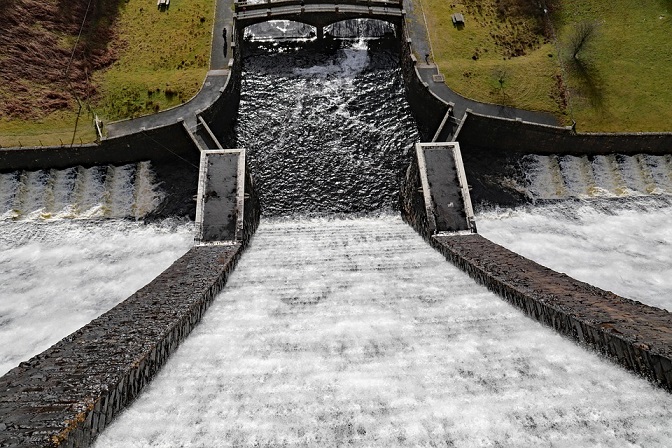Water banking, also known as water sharing, is an emerging term that water planners are using as they work on protecting water supplies in the face of long droughts due to climate change and burgeoning populations that are responsible for increasing demand for water.
Water banking is a voluntary, market-based tool that could facilitate water transactions between willing sellers and buyers wherein owners of water rights could temporarily lease some of their water in particularly dry years to those who desperately need it.
Water is a highly contested resource, and water sharing is an innovative mechanism that could be used to address the concerns and needs of the environment, cities and agriculture in advance of a crisis.
Across the globe, neighbouring nations as well as regions in the same country, are struggling with droughts and water shortages, and some have even endured and fought decades-long battles to control water supplies. As climate change continues to change rain patterns, this state is set to continue and the need for water will only increase.
What we need to understand most is that there is not actually less rain, just less rain in certain areas (and more in others), and water is not a scarce resource, it is a flexible resource. Humans waste water and neglect to invest in technologies that would allow us to make more efficient use of it.
Unfortunately most of us continue thinking of water as a scarce resource, and this prohibits us from coming up with more innovative ideas for what is actually a flexible resource. We need to come up with more ways to conserve water and more ways to reuse water.
A good example of this is the conservation and impact investment model developed by The Nature Conservancy called Water Sharing Investment Partnerships (WSIP) in Australia, the driest inhabited continent, which takes advantage of the motivations and incentives for trading water, or water-sharing.
Purchase water coolers and rent water coolers from Living-Water.






